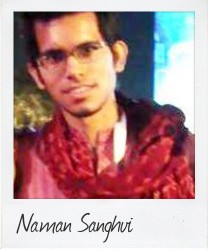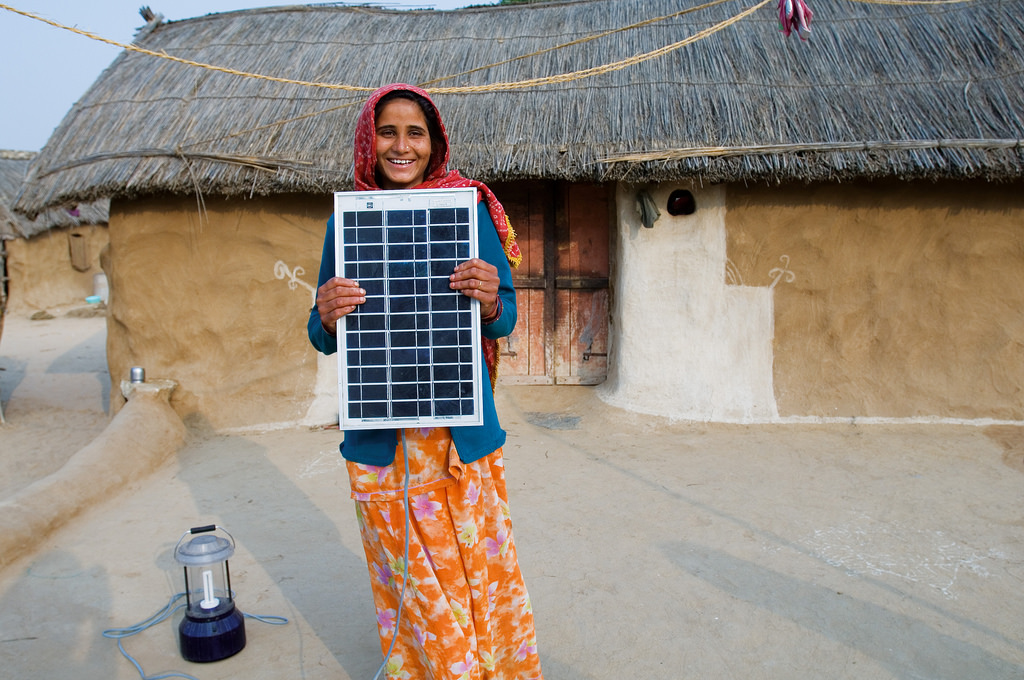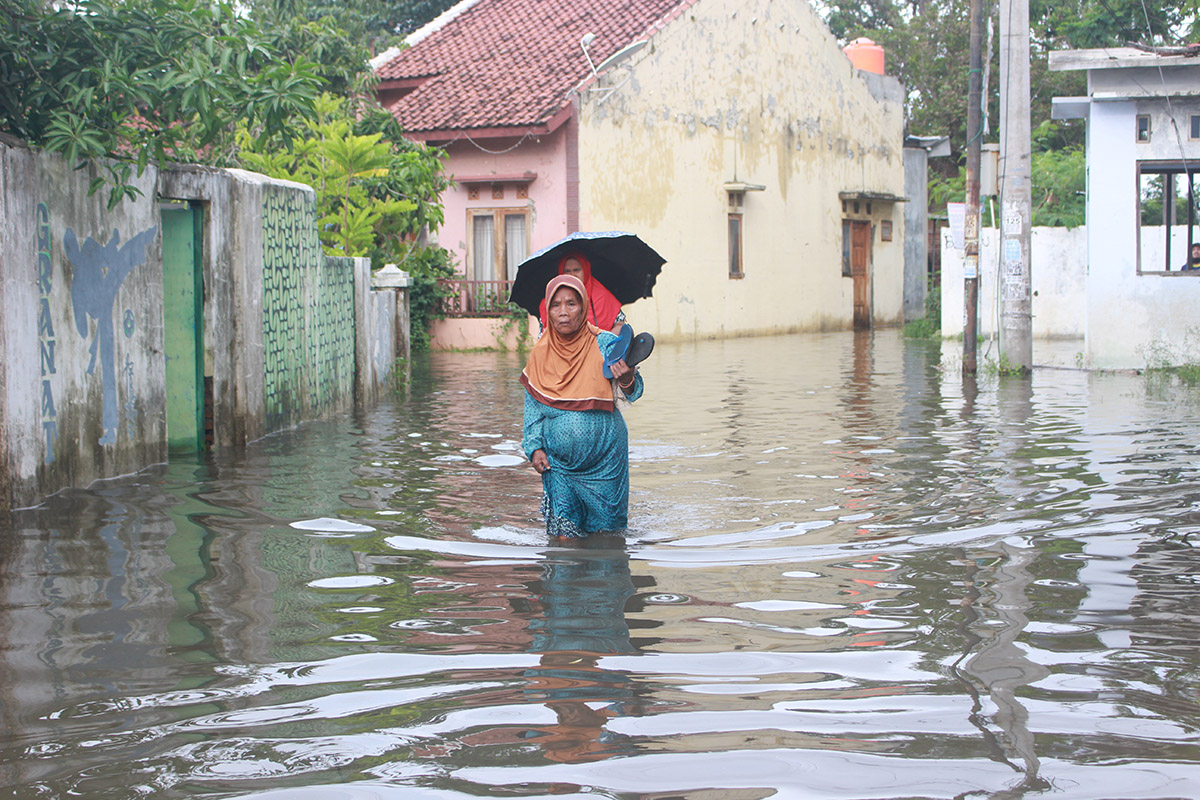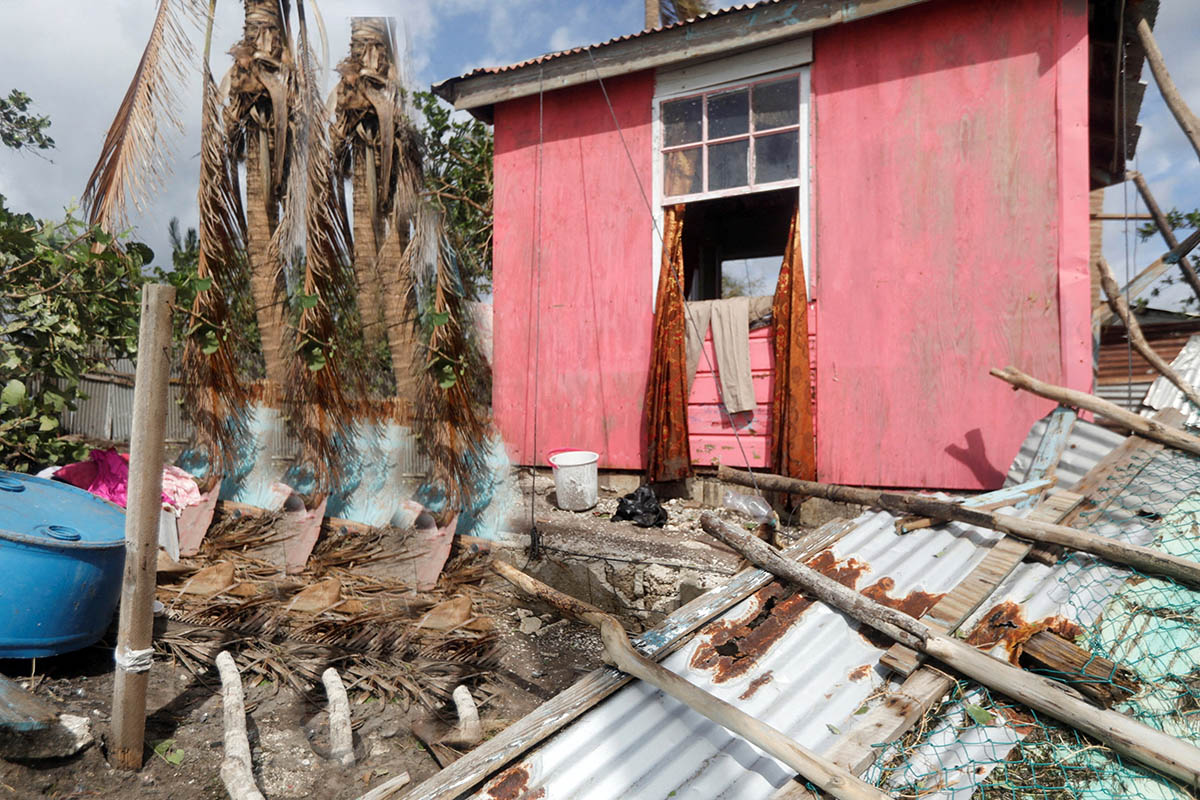“Energy is the goal of RE-Invest 2015”
March 3 Millions in India do not have access to electricity, but as Naman Sanghvi, 25, a Commonwealth Correspondent from India writes, industry leaders and the government are looking to renewable energy projects to solve that problem.
Millions in India do not have access to electricity, but as Naman Sanghvi, 25, a Commonwealth Correspondent from India writes, industry leaders and the government are looking to renewable energy projects to solve that problem.
The number of Indians who do not have access to electricity is roughly equal to the population of USA(WRI), and the government led by Prime Minister Narendra Modi has made a strong commitment to to provide 24-hour electricity access to all by 2019.
The government sees renewable energy as a critical component of its bid to provide energy access, and has announced extremely ambitious plans to increase the country’s renewable energy capacity, including increasing India’s target installed solar capacity by nearly 33 times over the coming seven years. The task would require a colossal investment to the tune of $100 billion (Reuters).
Further, the government also wants to install nearly 60 GW of wind energy by 2022.
In February 2015, the Government of India organised RE-Invest 2015, a major global investors meet & expo targeted at India’s renewable energy sector. The expo served to signal India’s long term commitment to development of renewable energy and to attract large scale domestic and international investments. Nearly 41 countries and even ministerial delegations from the UK and Germany attended. The focus of RE-Invest was to promote international investment in the Indian renewable energy sector, showcase Indian companies, promote individual states as an investment destination, allow key industry stakeholders to share latest developments and trends in technology and financing, demonstrate investment opportunities in renewable energy in India, and showcase policy initiatives being undertaken at the state and national level to promote renewable energy.
Significant commitments were laid out by various companies at this expo. To understand why the commitments laid out are extremely ambitious, one must keep in mind India’s current installation numbers – renewable energy contributes about six per cent of the total power generated in India, with ~3GW of solar and ~21 GW of wind installed currently. The size of commitments made at RE-Invest, when compared with those numbers, speaks volumes about the industry’s confidence in India’s renewable energy sector.
Some key commitments made would see nearly 387 global and domestic companies or stakeholders set up renewable energy projects totalling nearly 270 GW. Nearly 17 companies have also committed to setting up manufacturing facilities. Major American companies also made ambitious commitments, for example SunEdison and First Solar committed to setting up a total of more than 20 GW capacity by 2019.
Other major Indian companies have made commitments to set up wind and solar energy projects in the range of ~5000 MW– ~12,000 MW. (The complete list of commitments made by companies can be found here on the RE-Invest webpage)
Nearly $200 billion is expected to be invested in the Indian renewable energy sector, and 30 financial institutions committed to finance 70 GW of renewable energy projects. In fact, India’s largest lender, the State Bank of India (SBI) committed ~USD 12,000 million for the generation of 15 GW of clean energy over five years. Along with SBI, other banks also mentioned that there was potential for the interest rate for the clean energy sector to come down considerably.
The government has even proposed building a consortium of 50 countries with abundant solar potential to pool research and technology advancements for the growth of the sector, especially in its outreach to the poor.
The vision presented at the expo was well received by the industry. In fact Michael Bloomberg, New York City’s erstwhile mayor and UN Secretary General’s special envoy for cities and climate change, said during his address at the expo that he was very bullish on India’s future, citing steps that India has taken to move towards a cleaner and low carbon economy.
The intent for the expo was to highlight India as an attractive investment destination and encourage companies to set up manufacturing facilities and generation projects in India across the entire value-chain.
Undoubtedly the road to achieve the numbers is filled with obstacles in terms of finances, high capital costs, and land acquisition challenges – obstacles that require urgent attention from the government. Regardless, there is a very strong buzz in all factions of the industry, with the Indian renewable energy sector touted to be one of the most exciting markets globally.
In fact, buoyed by the success and response received at RE-Invest 2015, a second expo, RE-Invest 2016 is being organised this year, which will build upon the commitments made and take the dialogue forward. As Prime Minister Modi rightly said, “India has now graduated from megawatts to gigawatts in terms of renewable energy production.”
This article first appeared in BERC, the Berkeley Energy & Resources Collaborative
photo credit: Rural electrification via photopin (license)
…………………………………………………………………………………………………………………
About me: I am an Engineering graduate passionate about renewable energy, and am currently working in Renewable energy sector (Business Development for a IPP)
In college I dabbled in various projects ranging from: growing plants with an irrigation system I designed, designing and racing an All-Terrain Vehicle, and developing a carbon footprint calculator.
My interests lie in the business side of renewable energy and the intersection of youth and social innovation. I am currently based out of Mumbai, and can be reached at sanghvi.naman1@gmail.com
…………………………………………………………………………………………………………………
Opinions expressed in this article are those of the author and do not necessarily represent the views of the Commonwealth Youth Programme. Articles are published in a spirit of dialogue, respect and understanding. If you disagree, why not submit a response?
To learn more about becoming a Commonwealth Correspondent please visit: http://www.yourcommonwealth.org/submit-articles/commonwealthcorrespondents/
…………………………………………………………………………………………………………………




